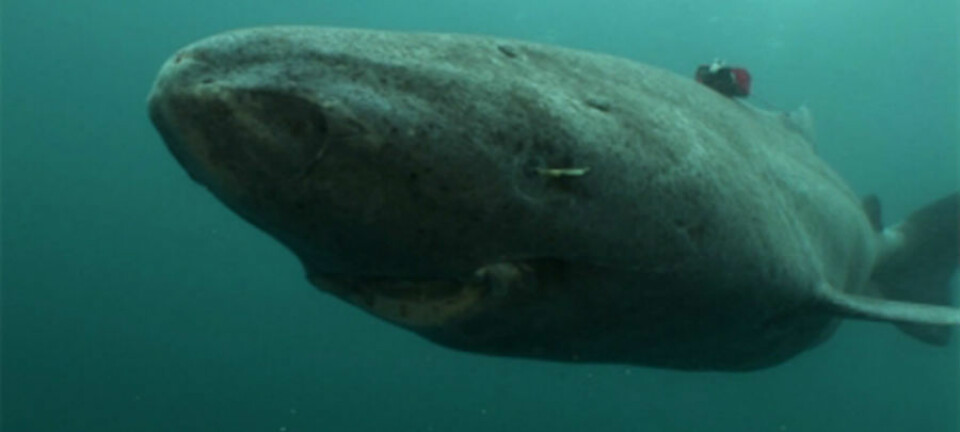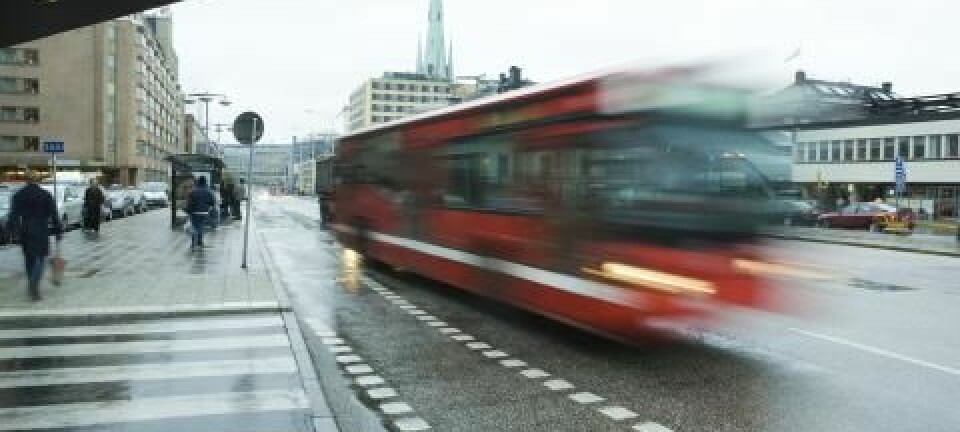This article was produced and financed by NILU - Norwegian Institute for Air Research
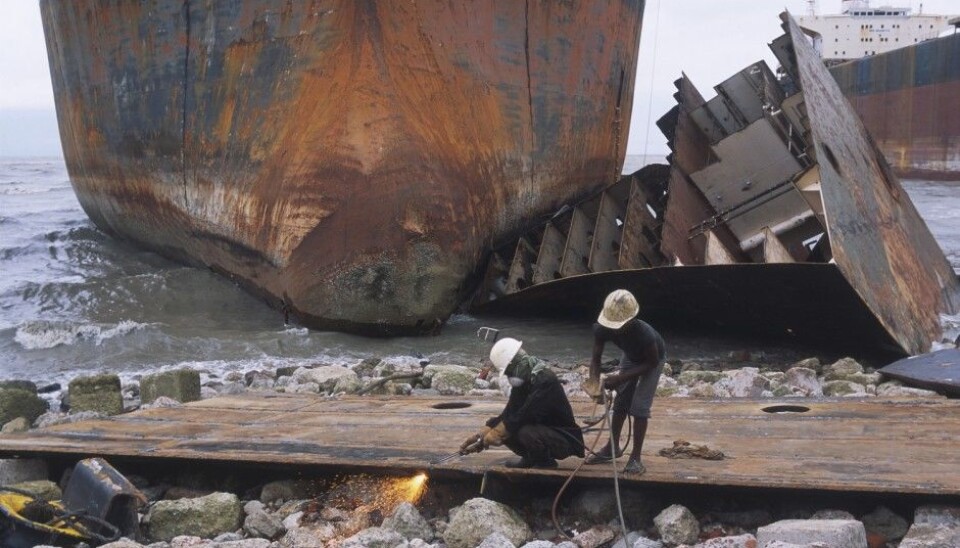
Air pollution from old ships reaches hazardous levels
At Chittagong in Bangladesh, obsolete ships from around the world are run ashore on tidal beaches and scrapped on site. A new study shows that the sites have dangerously high airborne concentrations of old environmental pollutants such as PCBs.
Denne artikkelen er over ti år gammel og kan inneholde utdatert informasjon.
Environmental and hazardous chemicals are used in many contexts – from manufacturing to consumer products. They are dispersed in the environment and transported by water and air. New problem substances are added, while others have been phased out through regulations and prohibitions.
Many prohibited substances are nevertheless still found in products and equipment around the world, and how such old equipment is managed and treated, is vital. A new study from NILU – Norwegian Institute for Air Research – shows that when old ships are broken up on beaches in Bangladesh – so-called "beaching" – numerous pollutants evaporate into the air. Thus, the substances may be inhaled, and pose a health risk for people living and working in these areas.
Are we exporting our problems?
Bans and other measures to remove the materials and products with the “old” environmental pollutants, such as PCBs and DDT, have led to reduced emissions during the last decades in Norway. An interesting question for the scientists at NILU, were whether we have exported the problems related to regulated pollutants, rather than solved them.
Environmental pollutants that were banned decades ago, such as PCBs, are still found in older products and materials – such as the old ships. And when these ships are dismantled under primitive conditions, like on the beaches outside Chittagong, a number of pollutants are released into the air.
Air samples for the first time
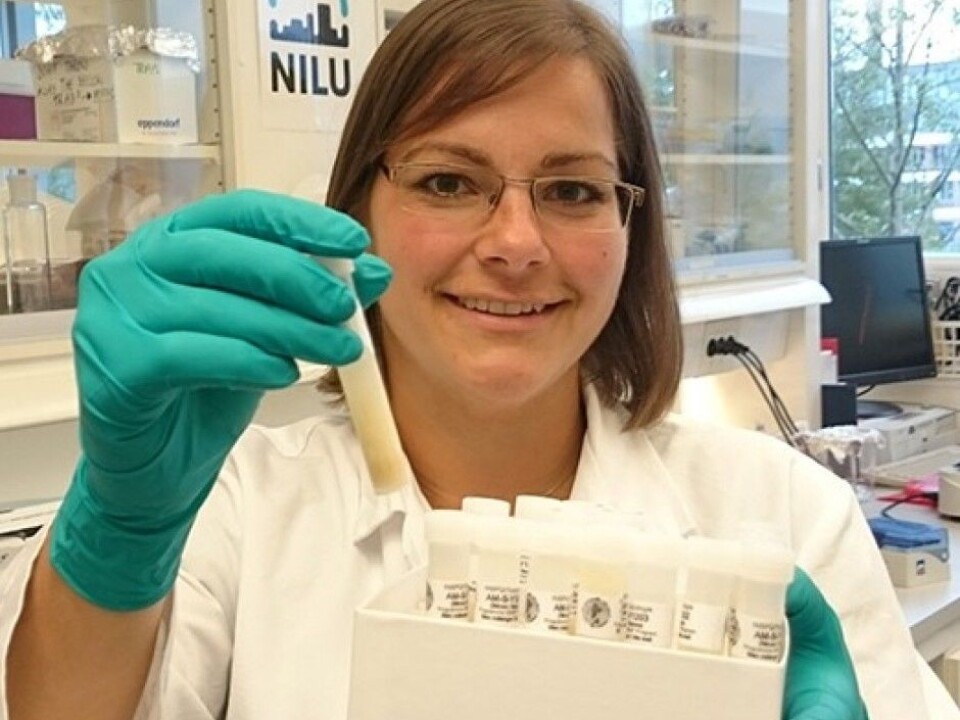
The NILU researchers took air samples from a total of 23 observation stations in Chittagong and the surrounding beach areas. The analysis shows that airborne concentrations of so-called “old” environmental pollutants are high compared to other sites in Asia and Europe.
Such surveys of environmental pollutants are important, and the extensive measurements from Chittagong revealed a wide range of substances. The researchers found "old" pollutants such as PCBs and DDT, but also "newer" pollutants such as chlorinated paraffins and tars (PAHs).
PCBs were used previously in for example coolants and electronic devices, while insecticides such as DDT are probably still in use in the area. Chlorinated paraffins are currently widely used in plastics, paints and insulation materials, while PAHs may be byproducts from local industrial and combustion processes.
These pollutants have different characteristics, but their common denominator is that they may lead to adverse health effects for humans and animals.
Recognizes the problem
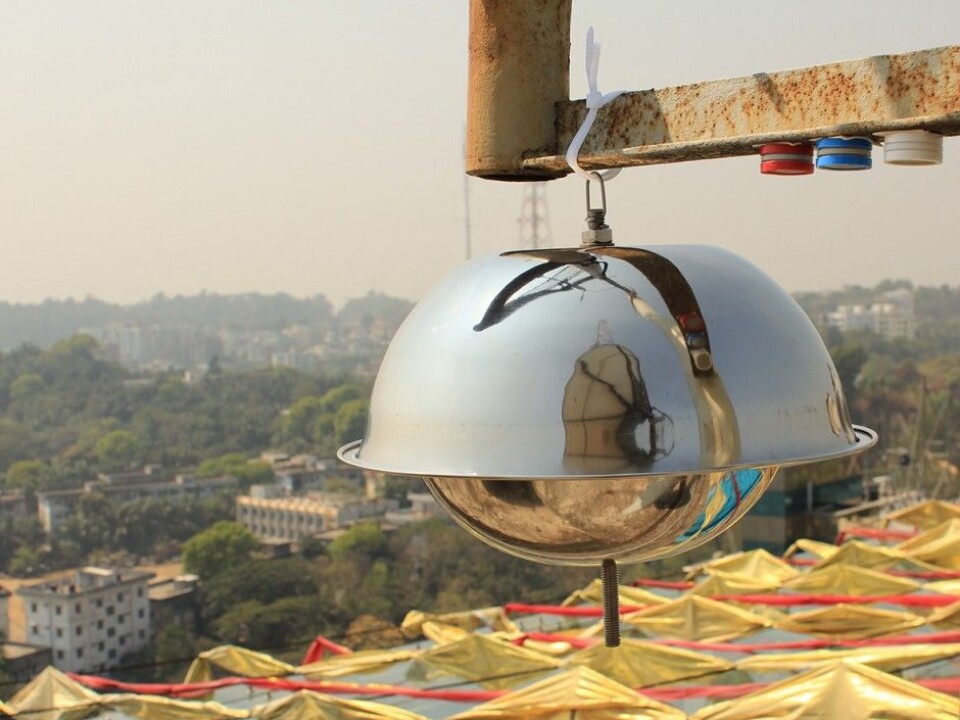
– No similar studies of the air in Chittagong have been done before, and the concentrations we see are high, says postdoctoral fellow Therese Haugdahl Nøst at NILU.
Nøst is supported by senior scientist Knut Breivik, also from NILU. He has led the project, which is funded by the Norwegian Research Council through FRIPRO.
– It is particularly disturbing when hazardous waste is exported and recycled in a primitive manner, he says, – because it can lead to high emissions. The campaign in Chittagong confirmed our suspicion that there is a similar problem associated with shipbreaking, as with similar findings made in poor countries that receive large amounts of electrical and electronic waste from the rich world.
Pollutants on the beach and in the city
Measurements of air on the beaches outside Chittagong show very high levels, with somewhat lower results in the city.
– After dismantling the ship, the parts are transported from the beach to various facilities outside the beach area. Some also end up nearer the center of town, says environmental consultant Scott Randall at COWI. He was previously employed as a scientist at NILU, and participated in several research projects in Bangladesh. He has also performed measurements and dispersion calculations of particulate matter, nitrogen dioxide and sulfur dioxide in Chittagong, where air quality is generally a major issue.
Randall says that the different facilities specialize in managing specific parts of the ships and to process them further once they are broken down. The melting of steel parts and other metals has the worst impact on the air quality, since it is done very crudely, and in some cases very close to densely populated areas.
Pollutant levels of concern
NILU's study shows that the measured airborne concentrations of various environmental contaminants could represent a danger to human health. On several of the study's measuring sites in Chittagong, the levels in the air are considerably above the threshold the World Health
Organization has set for health risks by inhalation of carcinogens.
Shipbreaking is already known to be harmful for human health by injuries and deaths. Now scientists have shown that breathing the air also represents a health hazard to those working as shipbreakers or living in nearby areas.
-------------------------------------
Read the Norwegian version of this article at forskning.no







